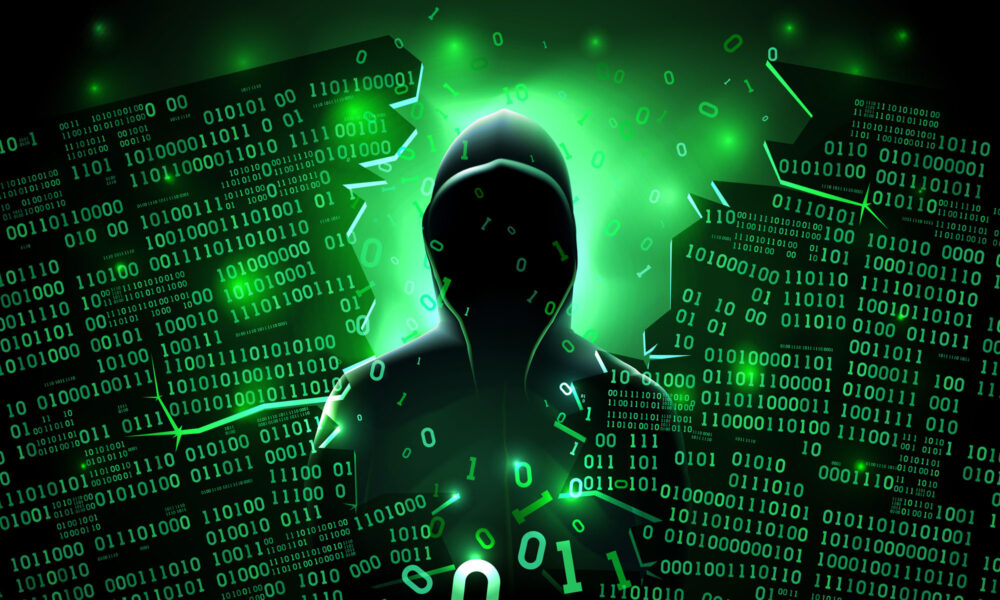Security
DDoS Attacks Are A Growing Threat In Gaming
The cybercriminals behind the attacks have a variety of different motives, from extorting money from gaming companies to causing reputation damage to preventing competing players from winning out of competitiveness.

Imagine you’re about to get a Victory Royale in Fortnite, score a deciding goal in FIFA, or defuse the bomb in Counter-Strike when suddenly a message appears on your screen, informing you that you’ve been disconnected.
Wasting no time, you load the game again and discover that a connection can’t be established. Why? Because either you or the game’s servers are under a Distributed Denial of Service (DDoS) attack.
Such attacks are a growing threat in gaming, and we at Tech Magazine had the opportunity to discuss them with Emad Fahmy, Systems Engineering Manager Middle East at NETSCOUT. Here’s what we learned.
What Are DDoS Attacks In Gaming?
DDoS attacks are a type of cybercrime that makes resources unavailable by overloading the network across which they are transmitted with malicious requests. DDoS attacks first appeared in 2010 amid the rise of “hacktivism,” but they have evolved significantly since then, as observed in the NETSCOUT Threat Intelligence Report H2 2021.

Emad Fahmy, Systems Engineering Manager Middle East @ NETSCOUT
”In gaming, DDoS attacks might be directed at a single user or an entire organization,” explains Fahmy. “While an attack on a single user only affects them by slowing down their gaming experience, an attack on an organization can have a greater impact on the game’s entire user base, resulting in a group of disgruntled players who no longer have access to the game or have had their experience significantly slowed.”
The cybercriminals behind the attacks have a variety of different motives, from extorting money from gaming companies to causing reputation damage to preventing competing players from winning out of competitiveness.
Anyone Can Launch A DDoS Attack
To successfully launch a DDoS attack against a game or its players, attackers need to send so many malicious requests at the same time that the victim can’t possibly answer them all without becoming overloaded.
These requests are typically sent by bots, hacked devices (computers, routers, IoT appliances, and so on) that do what attackers tell them to do. Even a relatively small network of bots, or botnet for short, can be used to launch a massive DDoS attack.
These days, attackers don’t even have to hack vulnerable devices to obtain the DDoS firepower they need to take a target down. They can simply take advantage of DDoS-for-Hire services, which provide DDoS attacks ranging from no cost to greater than $6,500 for terabit-class attacks, according to the NETSCOUT report.
“DDoS-for-Hire services have made attacks easier to launch. We examined 19 DDoS-for-Hire services and their capabilities that eliminate the technical requirements and cost of launching massive DDoS attacks. When combined, they offer more than 200 different attack types,” says Fahmy.
Preventing DDoS Gaming Attacks
In 2021 alone, NETSCOUT recorded 9.7 million DDoS attacks, an increase of 14 percent compared with 2019. To reverse this gloomy trend, both gaming companies and gamers themselves need to take it seriously and adopt specific measures to protect themselves.
“Relying on firewalls and intrusion detection systems is no longer sufficient. This is because DDoS attacks can now manipulate or destroy them. Despite advances in cloud-based detection, the company’s Internet Service Provider (or Managed Security Service Provider) may still struggle to identify threats that wait in the shadows until it is too late,” explains Fahmy. “As a result, an on-premises DDoS risk management solution is critical,” he adds.
Individual gamers, especially eSports players and streamers, can make it harder for cybercriminals to aim DDoS attacks at them using a virtual private network (VPN) service like ExpressVPN, CyberGhost, or NordVPN. Such services channel users’ traffic through their servers, hiding its real origin in the process.
In addition to hiding their IP addresses, gamers should also adhere to cybersecurity best practices. Examples include timely installation of software updates and exercising caution when browsing the web, chatting online, or reading emails.
Conclusion
DDoS, or Distributed Denial of Service attacks, represent a serious threat to the gaming industry because they can compromise the gaming experience and expose developers to the risk of brand damage and potential extortion. DDoS attacks have evolved and become far more sophisticated in recent years. Fortunately, the same can be said about on-premises DDoS risk management solutions that gaming companies use to protect themselves.